Premium Only Content
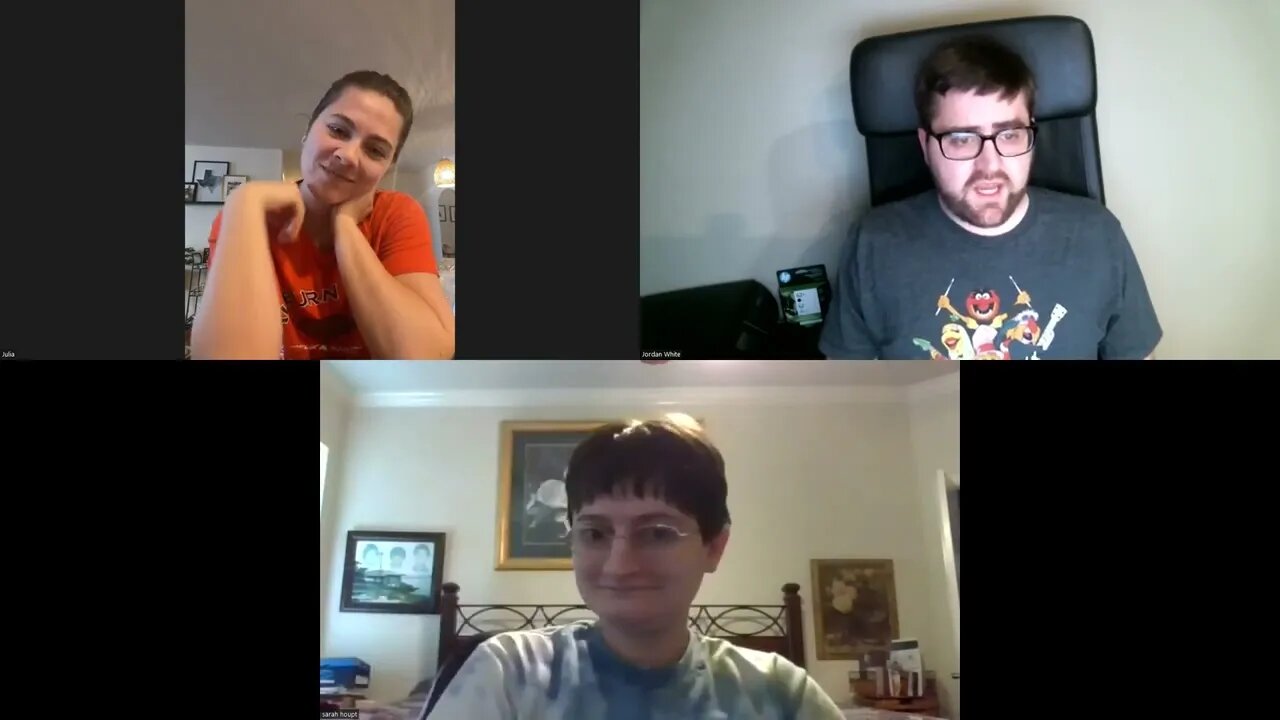
J On The Spectrum - Disney's 100th Anniversary - The Disney Dark Age Begins
Disney's 100th anniversary is this year, and to celebrate, I'm going to tell the story of this legendary animation company over a yearlong period.
Entering into the 50th year of the Disney company's history, and entering the 1970s after the Space Race had ended, Disney seemed to be on a good streak with the recent opening of Walt Disney World and a number of live action productions such as Bednobs and Broomsticks, but on the feature animation side, despite being only limited to one animated feature every 4 years, both The Aristocats and Robin Hood would come out three years apart from each other. The Nine Old Men animators were still animating on these features, but now these films were being produced by Wolfgang Reitherman, one of the Nine Old Men who was solely producing and directing on these films, and they were being executive produced by Walt Disney's son-in-law, Ron Miller, who was the head of the film division at Disney during this time.
Robin Hood began initially as an adaptation of Reynard the Fox during the Walt Disney days, but constraints regarding real world events prevented Disney from moving forward with the adaptation. During production on Aristocats, Ken Anderson suggested the classic tale Robin Hood should be the studio's next animated feature, and he wanted to do it with an all-animal cast. Ken Anderson adapted the story, but he was more inspired by the success of Butch Cassidy and the Sundance Kid to make a buddy picture out of Robin Hood, meaning Little John was the only Merry Man kept on, Friar Tuck turned into a friend of Robin Hood's, and Allan A. Dale was turned into the narrator. Frank and Ollie wanted to make The Sheriff of Nottingham into a goat to seemingly subvert expectations (in a good way), but Wolfgang Reitherman insisted that the Sheriff of Nottingham be a wolf to fit the villain stereotype. Since the production was behind schedule because of the casting for the role of Robin Hood himself, the animators had nearly the whole Phony King of England song and dance sequence use recycled animation from Snow White, The Jungle Book, and the Aristocats, one of Disney's cheapest and shameless moments.
Robin Hood premiered at the Radio City Music Hall in NYC in November 1973, and on a budget of $5 million, grossed $27.5 million worldwide in it's initial run, which was a Disney record at the time. It seemed rather strange that this was a success, considering Walt Disney's fingerprints were not on this production. The Nine Old Men that were with Walt Disney knew they were getting old, and couldn't work on animated films forever, so they set up a school at CalArts to teach and train a group of artists from several art colleges to become the next generation of Disney animators. In this group of trainees were Glen Keane, Ron Clements, and John Musker, who would become important later on in our story of Disney. Also notable about Robin Hood was that this was the first feature that a person who started as an inbetweener on Sleeping Beauty would be a character animator. His name was Don Bluth.
Next week, the next generation of Disney animators would graduate to become official character animators on the next Disney feature.
P.S. Pardon Julia's opinions about people in fursuits, as well as the picture of Loona Hellhound from Helluva Boss (an indie animated series meant for a more mature audience) but I wanted to get my point across as to how Robin Hood served as a forerunner for the furry fandom. Even Loona was called a furry once in one episode of Helluva Boss. Thanks, @SpindleHorse.
-
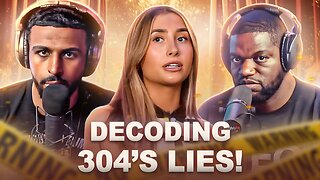 1:38:35
1:38:35
FreshandFit
3 hours agoDecoding Lily Phillips' Lies Through An RP Lense!
31.1K9 -
 1:39:03
1:39:03
Benny Johnson
3 hours ago🚨 Trump Live Right Now From Oval Office in First Fox News Interview as President | ‘Watch This…’
69.4K75 -
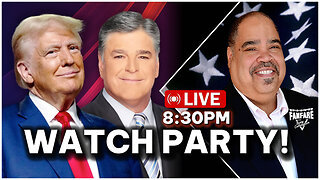 2:10:04
2:10:04
Barry Cunningham
4 hours agoLIVE WATCH PARTY: PRESIDENT TRUMP INTERVIEW WITH SEAN HANNITY!
21.8K10 -
 1:37:19
1:37:19
Glenn Greenwald
7 hours agoAs Trump Vows to Restore Free Speech, Harvard Just Assaulted It; Columbia Professor Forced Out Over Israel Criticisms | SYSTEM UPDATE #394
64.2K114 -
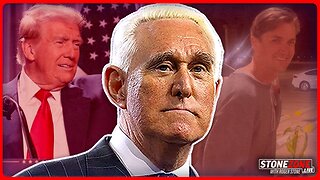 58:45
58:45
The StoneZONE with Roger Stone
4 hours agoTrump Pardons Ross Ulbricht | The StoneZONE w/ Roger Stone
53.6K10 -
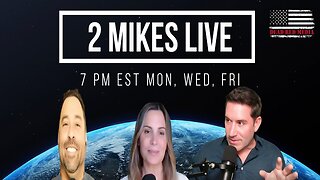 1:57:31
1:57:31
2 MIKES LIVE
13 hours ago2 MIKES LIVE #170 with special guest Rep. Buddy Carter (R-GA)
47.7K1 -
 1:02:58
1:02:58
Flyover Conservatives
23 hours agoA Doctors Response to Trump’s First Moves: W.H.O. and FDA - Dr. Troy Spurrill; A REAL-LIFE Approach to Health and Wellness Transformation - Kellie Kuecha Moitt | FOC Show
48.1K3 -
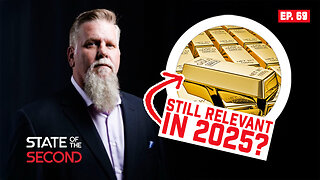 41:50
41:50
State of the Second Podcast
8 hours agoWhat do Gold and Guns have in common?
20K4 -
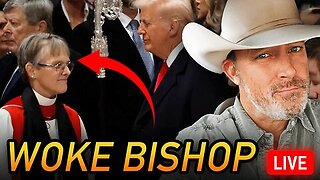 1:01:26
1:01:26
PMG
4 hours ago $1.18 earnedLibs In FULL PANIC Since Trump Took Office! Creating a Faith to Fit their Agenda
14.8K4 -
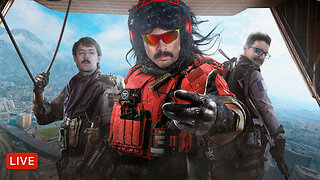 7:09:22
7:09:22
Dr Disrespect
12 hours ago🔴LIVE - DR DISRESPECT - TRIPLE THREAT CHALLENGE - EXTREME EDITION
246K33